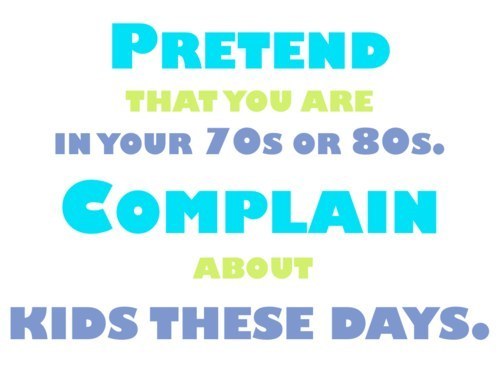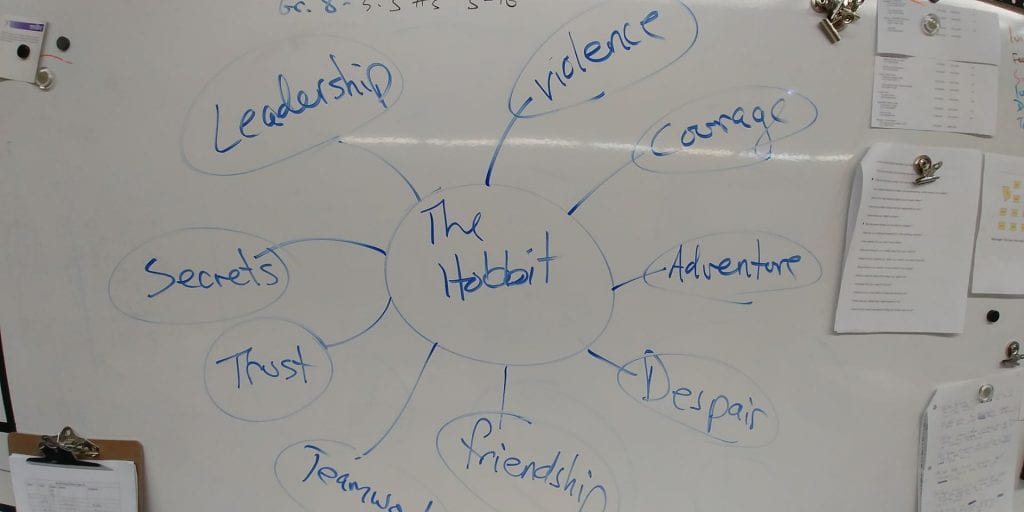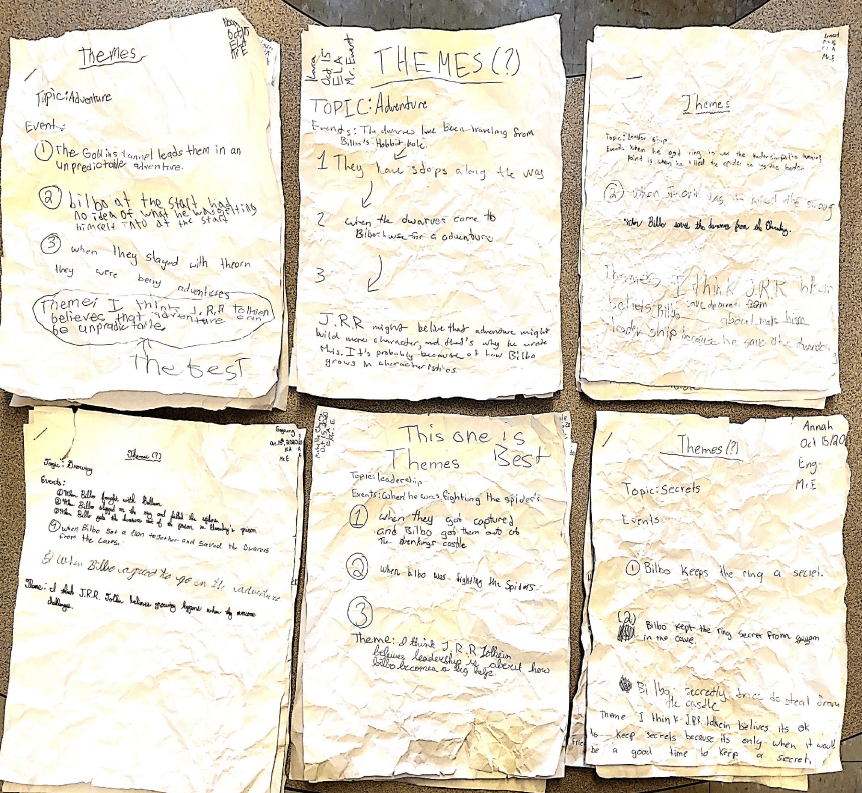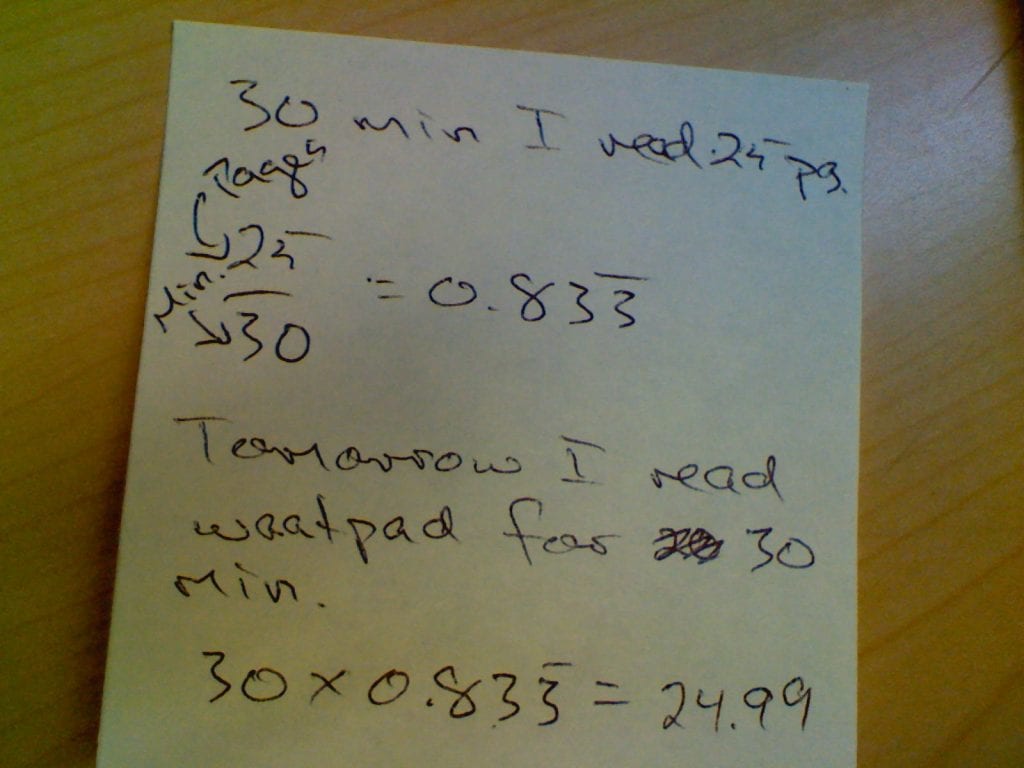Ray Bradbury Theatre – Mars is Heaven
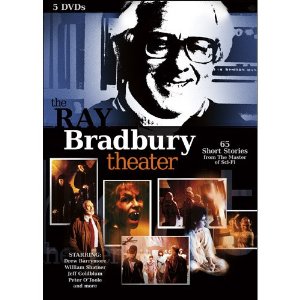 Today we are reading a short story by Ray Bradbury called “Mars is Heaven”. Students are to follow along in reading the story together, watch the video representation of the story, and then respond to the deep critical thinking questions.
Today we are reading a short story by Ray Bradbury called “Mars is Heaven”. Students are to follow along in reading the story together, watch the video representation of the story, and then respond to the deep critical thinking questions.
Remember: deep critical thinking question require detailed paragraphs that begin with strong topic sentences that state personal opinion and then follow up with supporting sentences that directly talk about what happened in the story that supports your opinion.
Download the story and questions by clicking on the links below.
Connecting to Other Student Blogs Around the World
Today we are going out and visiting other Edublogger classrooms around the world. Click on the link below to find new classrooms of students that have been online just like you. Be sure to leave comments on blogs that you have read to let them know they have been read.
Be sure to also share a link from your blog and/or our class blog home page to invite them to come interact with our own blogs.

This is Mr. Hope’s Grade 7 class from Australia
http://chrishopesblog.edublogs.org/
Check out Ms. Moffat’s Grade 7 class
https://missmoffat.edublogs.org/
Mr. McCray’s Grade 5 Class
Another Grade 7-8 Writing Blog
https://rdeighton.edublogs.org/
Want to find more on your own? Check out this list below and find even more classrooms
Ray Bradbury Theatre – A Sound of Thunder
Today students are studying a short story by Ray Bradbury called “A Sound of Thunder”. We read the short story and observed some vocabulary and questions related to the story. Then we watched the classic television production of this story as represented in “Ray Bradbury Theatre”.
Click the link below for a copy of the story:
15.03.12 A Sound of Thunder- Ray Bradbury
Click the link below for a copy of the assignment:
15.03.12 sound of thunder assignment
Watch the video below
Ray Bradbury Theatre – The Veldt
Today we studied a classic short story by Ray Bradbury called “The Veldt” which begs to question the impact of technology on people’s lives, and more importantly, where does imagination end and reality begin? Click the links below to read the original published story, get the assignment, and watch the television presentation of “The Veldt”
click the link below to get a copy of the story
15.03.16 bradbury_veldt – short story
click the link below
Exact Descriptive Writing – Coding to Draw
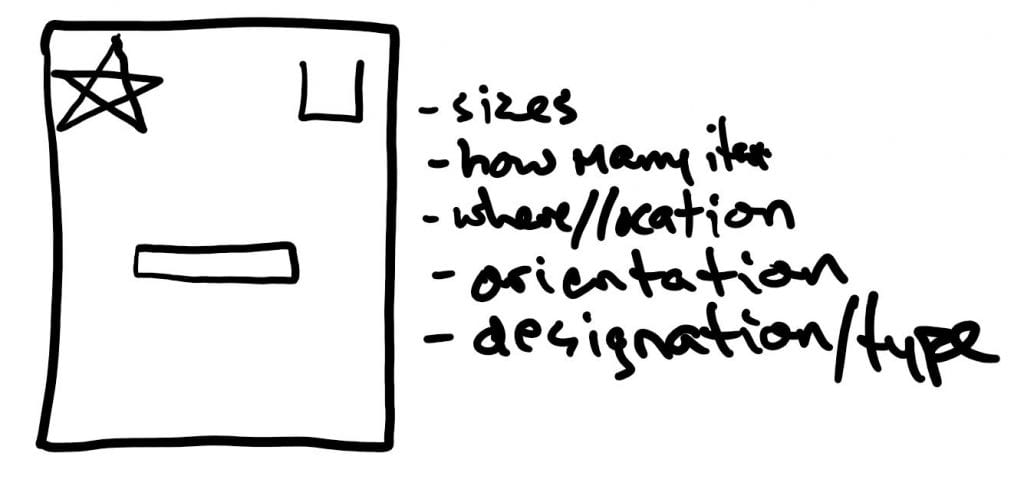 Today We will be doing an activity called Exact Descriptive Writing. we will be experimenting with describing how to draw a very specific picture. To do this students will require a piece of blank copy paper (Mr. Ewert will supply in class), a pencil, and an eraser (if students wish). Students will first practice with an example demonstration from Mr Ewert. Then they will practice with a given picture and a partner. Then, students will have 20 minutes two hand write a very exact, descriptive piece, in proper paragraph format that accurately describes how to draw a picture of their own creation. Warning: this takes very exact detail and refined thinking. this will wish to do a fairly simple picture, however, the parameters for your picture are below. Be sure to follow all criteria for your picture.
Today We will be doing an activity called Exact Descriptive Writing. we will be experimenting with describing how to draw a very specific picture. To do this students will require a piece of blank copy paper (Mr. Ewert will supply in class), a pencil, and an eraser (if students wish). Students will first practice with an example demonstration from Mr Ewert. Then they will practice with a given picture and a partner. Then, students will have 20 minutes two hand write a very exact, descriptive piece, in proper paragraph format that accurately describes how to draw a picture of their own creation. Warning: this takes very exact detail and refined thinking. this will wish to do a fairly simple picture, however, the parameters for your picture are below. Be sure to follow all criteria for your picture.
Your picture must have:
-at least 3 different shapes
-at least 3 of the four quadrants (quarters) must have something in them (you can’t pile them all together
-at least 2 of the shapes cannot touch the edge of the paper
-you must keep it SIMPLE
If you are absent. I will be streaming the live lesson of this on teams at 2:10 PM today. I advise you to watch the teams broadcast on the ELA channel if you are absent. You will then need to complete this task at home with assistance.
Writing a Mystery
 Today we are going to begin to write a mystery story. To do this you must first pre-plan all the action. In a way, you will need to “reverse engineer” the story by working backwards from the end. This allows you to plant all the necessary clues so youur story can grow over time and lead the reader on an adventure.
Today we are going to begin to write a mystery story. To do this you must first pre-plan all the action. In a way, you will need to “reverse engineer” the story by working backwards from the end. This allows you to plant all the necessary clues so youur story can grow over time and lead the reader on an adventure.
To start our planning we observed the two documents linked below and worked with them together as a class. We first brainstormed to practice using them and then worked inividually on our own stories.
Quick Write for Oct. 10
The Hobbit – Finding Themes in Literature
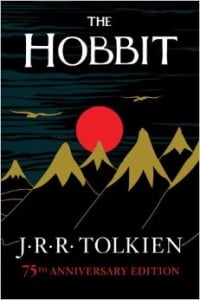 Today we are going to learn a method for identifying themes in literature. Watch the video below to see how we can begin.
Today we are going to learn a method for identifying themes in literature. Watch the video below to see how we can begin.
Assigned Task Today: Whilst reading The Hobbit today see if you can identify some “topics” to share from the book.
Watch the video below to learn how to find themes in literature. Then check out these notes on the video for a review.
Online Reading and Your Reading Journal
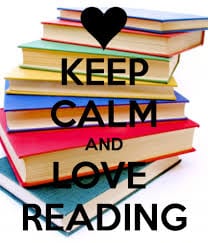 Some students have asked about online reading and if it can be included in their reading journals. The answer, of course, is “yes, but”. Yes, but it needs to follow a formula to be legitimate. Below you will see an example shown in class.
Some students have asked about online reading and if it can be included in their reading journals. The answer, of course, is “yes, but”. Yes, but it needs to follow a formula to be legitimate. Below you will see an example shown in class.
If a student is say, reading online fan fiction on a site such as Wattpad they can apply a formula to tabulate how many “pages” they have read. But first, the student needs to establish their reading rate. To do this, look at the example below. In this example Suzy read for 30 in one sitting and found that she was reading 25 pages in that 30 min. block of time. So she follows the steps below…
- Take the amount of pages you read divided by the time it took to read them.
- In this case that is 25/30
- Then take the quotient as your reading rate.
- In this case the number was 0.83…
- This means that Suzy reads about 0.83 pages per min.
- Then take the amount of time you were reading on Wattpad
- Let’s say Suzy reads for 40 min on Wattpad tonight
- Take the time you read times your reading rate.
- In this case Suzy then takes 40 X 0.83 = 33.2
- This means Suzy read the equivalent of 33.2 pages online tonight (or 33 pages)
- In this case Suzy then takes 40 X 0.83 = 33.2
- Now record that in your reading journal
However, reading novels and other actual “books” MUST be the key focus in your reading journal. Your goal is to read 20 books this year. Also, please note that online reading such as Facebook, Snapchat etc. is not “reading time” as it much of it is scrolling, looking at pictures, and does not relate to the focus of reading and understanding literature. “Reading time” is time spent sitting with fiction or non-fiction books, focusing on the craft of written language.
